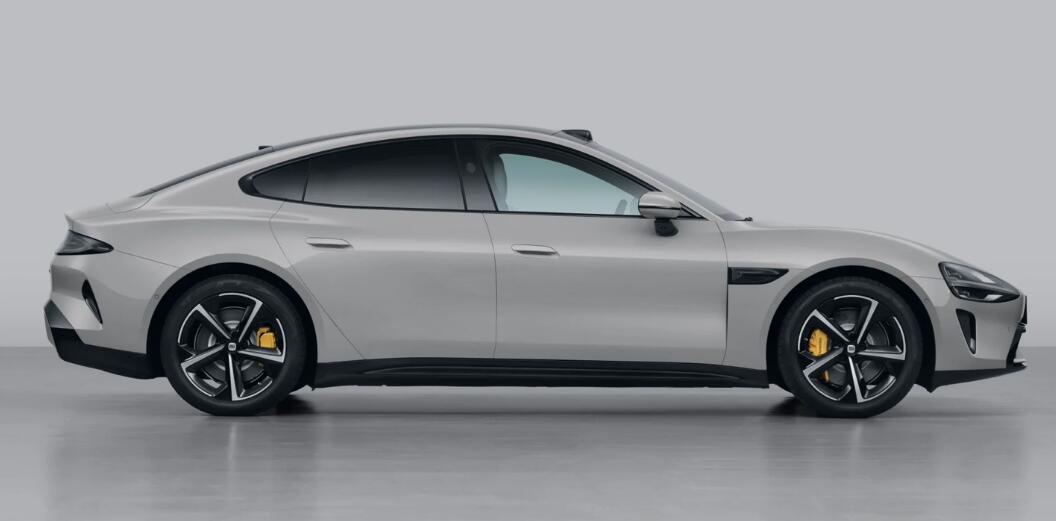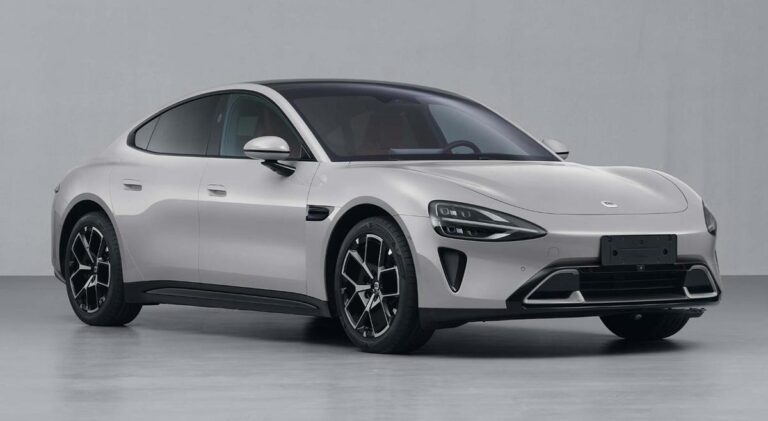Xiaomi's EV unit will use proven technology, as well as invest ten times more than the industry, to ensure success, according to Lei Jun.

Chinese smartphone giant Xiaomi wants to become a serious player in the electric vehicle (EV) space and has invested heavily in its first model, hoping for a successful debut.
"I came into car building with an aim to win," Lei Jun, founder, chairman and CEO of Xiaomi, said in an interview with state-owned broadcaster CCTV.
Lei said he has set out two principles to ensure the success of Xiaomi's car-making endeavor: using proven technology from the auto industry, and investing ten times as much as the industry.
"We will fully respect the laws of the automotive industry, use mature technology, and make sure we can do a good job with the first car. Under this premise, we innovate," Lei said, according to the CCTV program aired yesterday.
For a typical car company, the investment on the first model is usually 300-400 people, with R&D spending of RMB 1 billion ($140 million) to RMB 2 billion, Lei said.
"We invested 3,400 engineers on the first model, and the whole R&D investment was more than RMB 10 billion. So we are making use of more than ten times the industry's investment," he said.
(Screenshot of Xiaomi CEO Lei Jun's interview with CCTV.)
Lei said that he was worried that Xiaomi's first model could not gain high acceptance upon its launch.
"I'm more worried that if everyone buys it, resulting in a long wait time, say one or two years, we'll definitely get a bad rap," he said.
Overall, Lei believes that Xiaomi faces challenges in entering the automotive industry, but the difficulty is manageable.
Xiaomi officially announced in March 2021 that it was joining the car-making ranks, and its first model is expected to be officially mass-produced in the first half of 2024.
On November 15, Xiaomi's first EV model, the SU7, was included in one of China's industry regulators' filing catalogs, clearing the last major regulatory process for its official launch.
At 4,997 mm, 1,963 mm, 1,440/1,455 mm in length, width and height, respectively, and with a 3,000 mm wheelbase, the Xiaomi EV is larger in size than both Tesla's (NASDAQ: TSLA) Model 3 sedan and Nio's (NYSE: NIO) ET5, according to the filing.
The model's battery pack is available in two capacities -- 73.6 kWh and 101 kWh -- and the CLTC range is up to 800 kilometers, according to another regulatory filing.
($1 = RMB 7. 1287)


